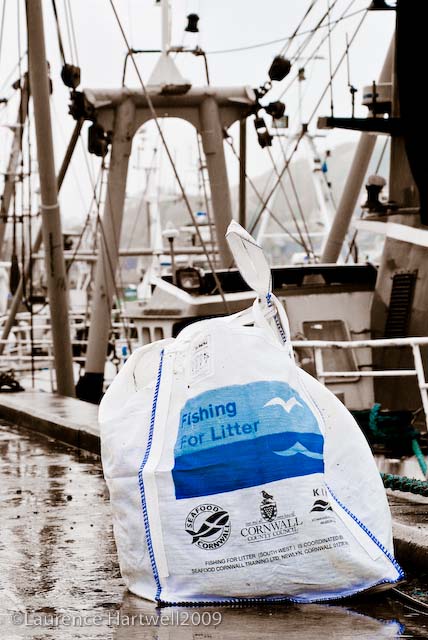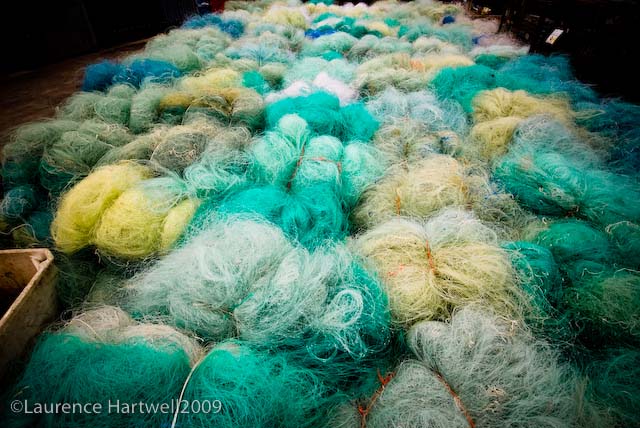The new Ajax (ex-Kairos BF36) seen here during her conversion from stern trawler to netter in McDuff...
skipper Alan and crew are currently steamimg towards the Tuskar Rock Light...
after taking several days to negotiate the Caledonian Canal...
and a few narrow channels before heading south and home.


.jpg)



























